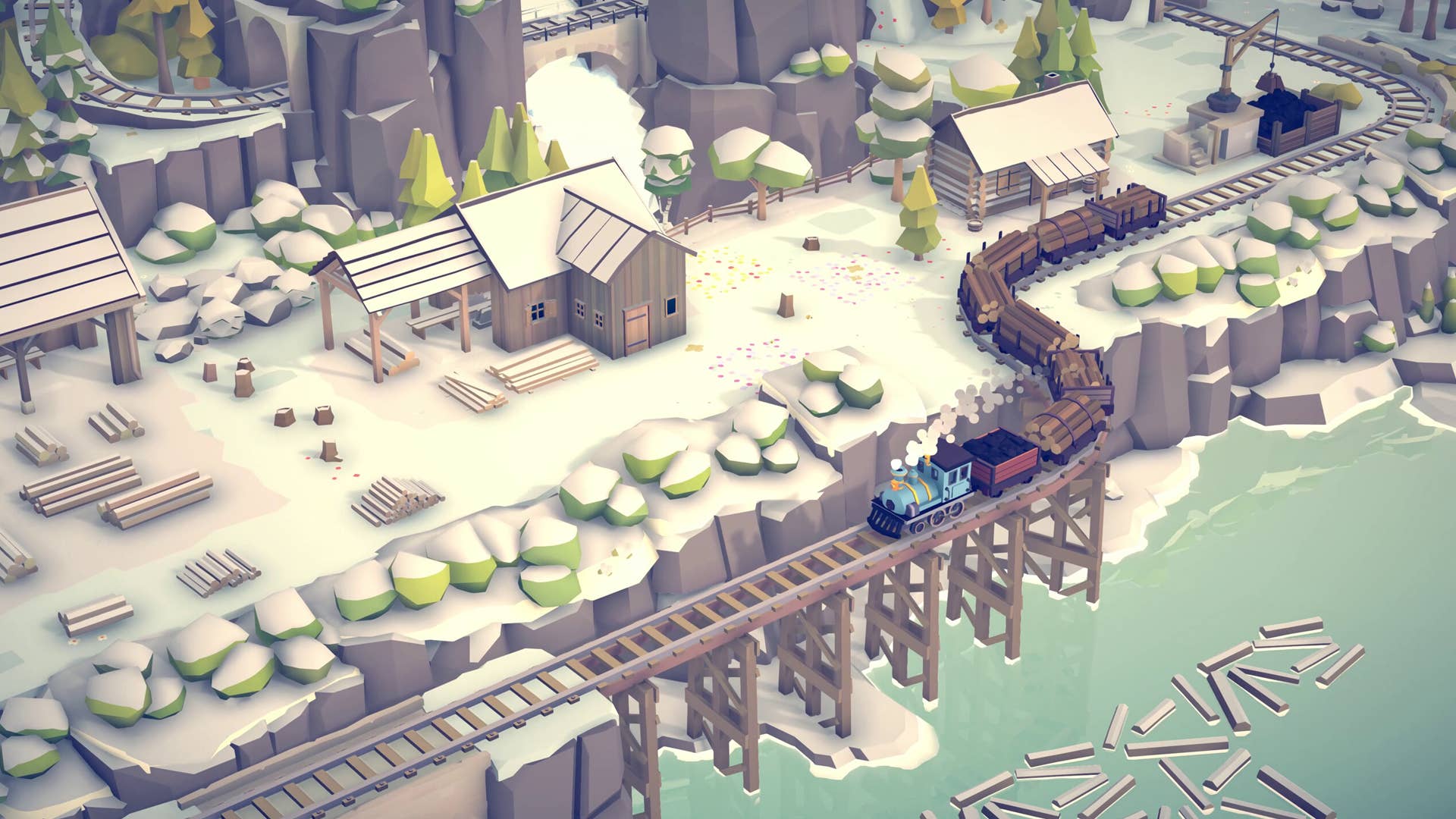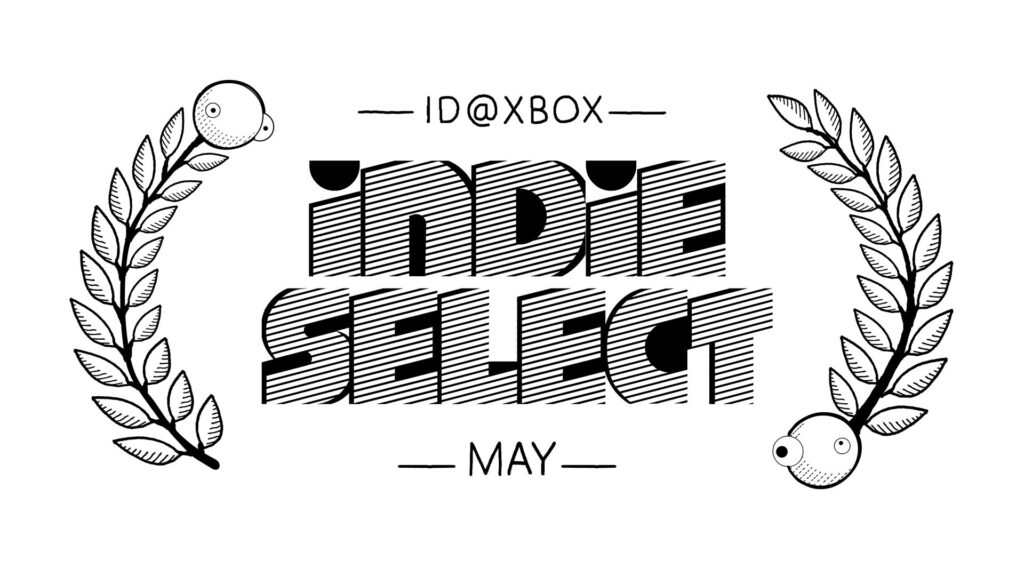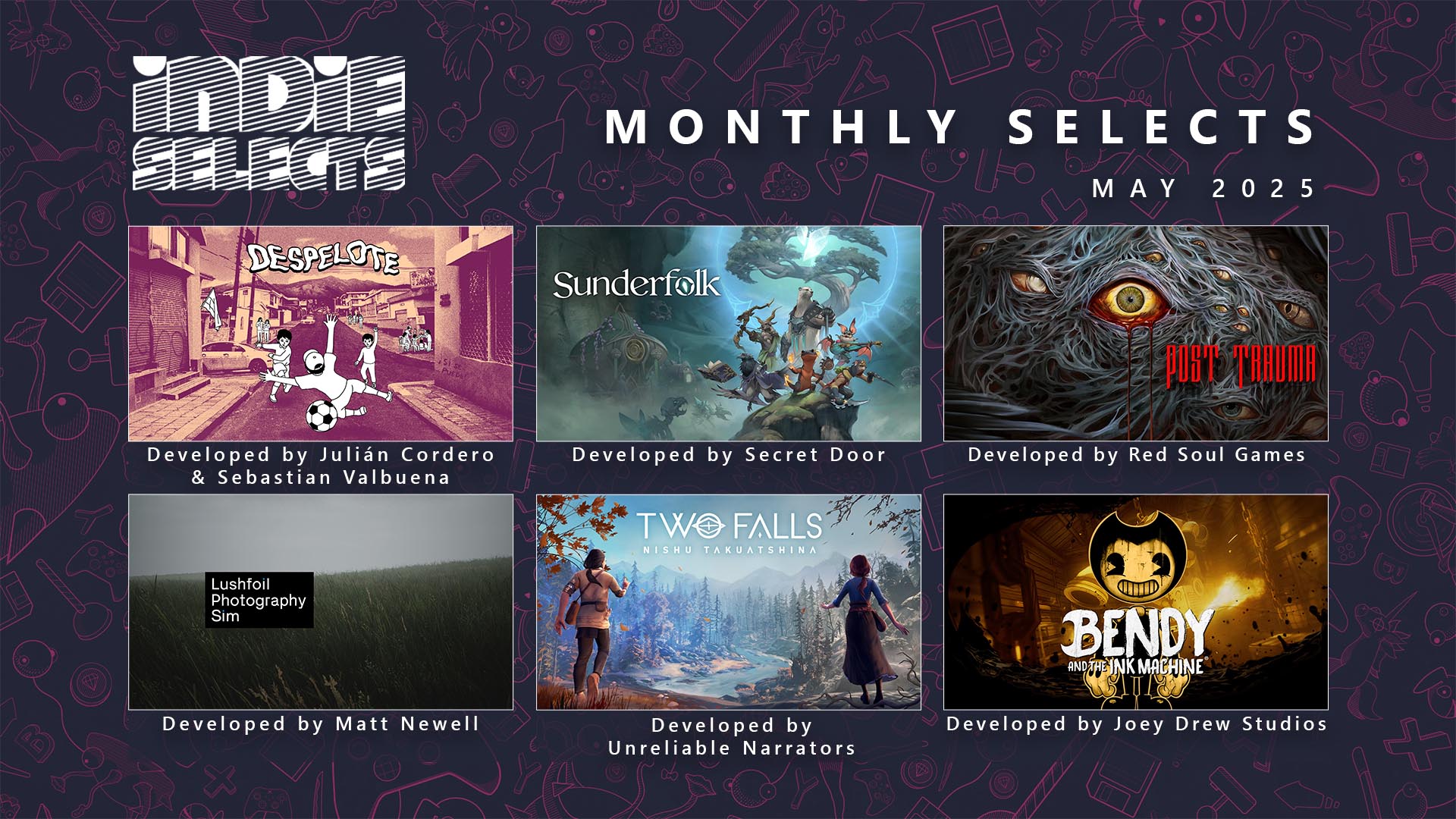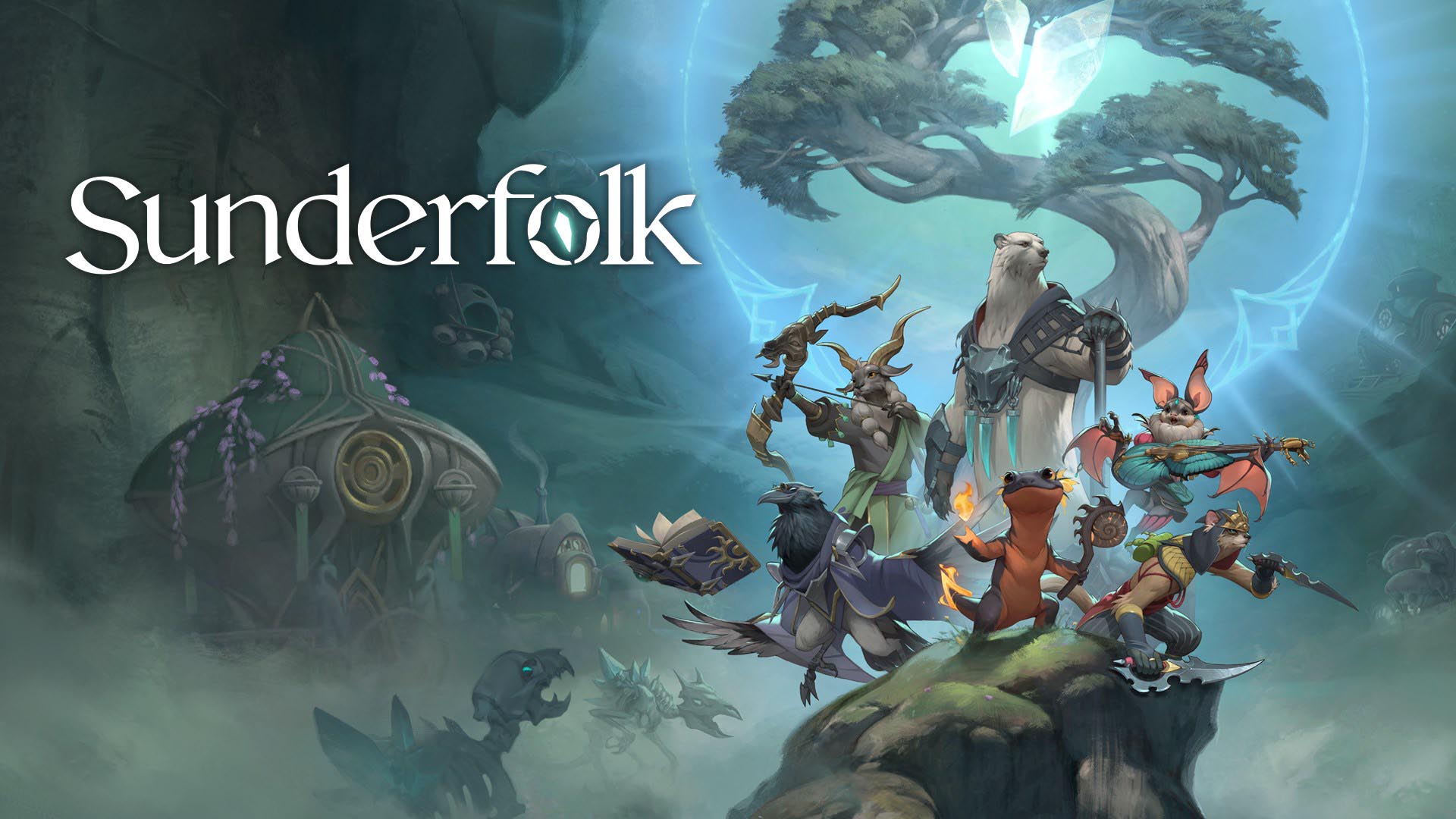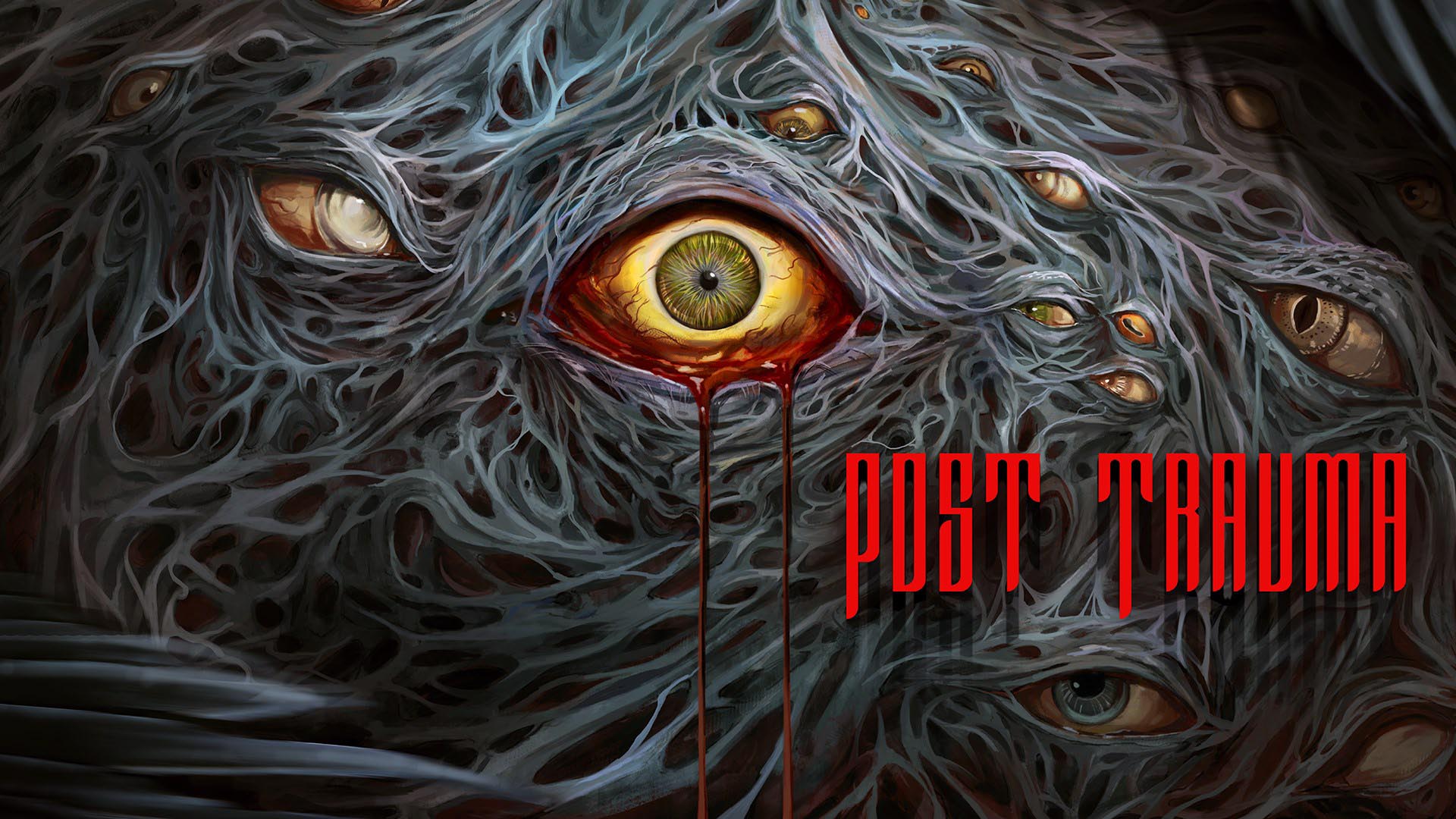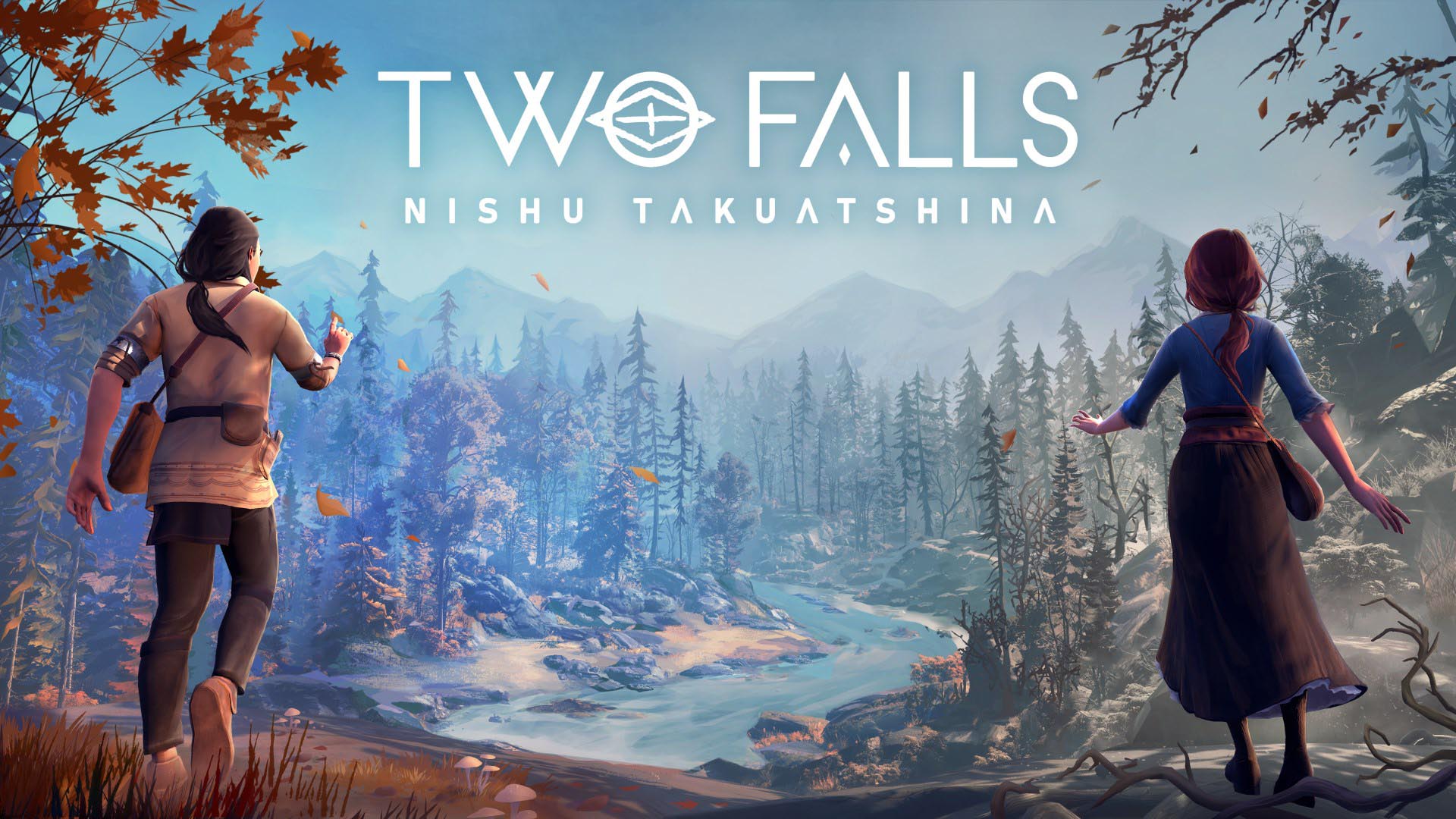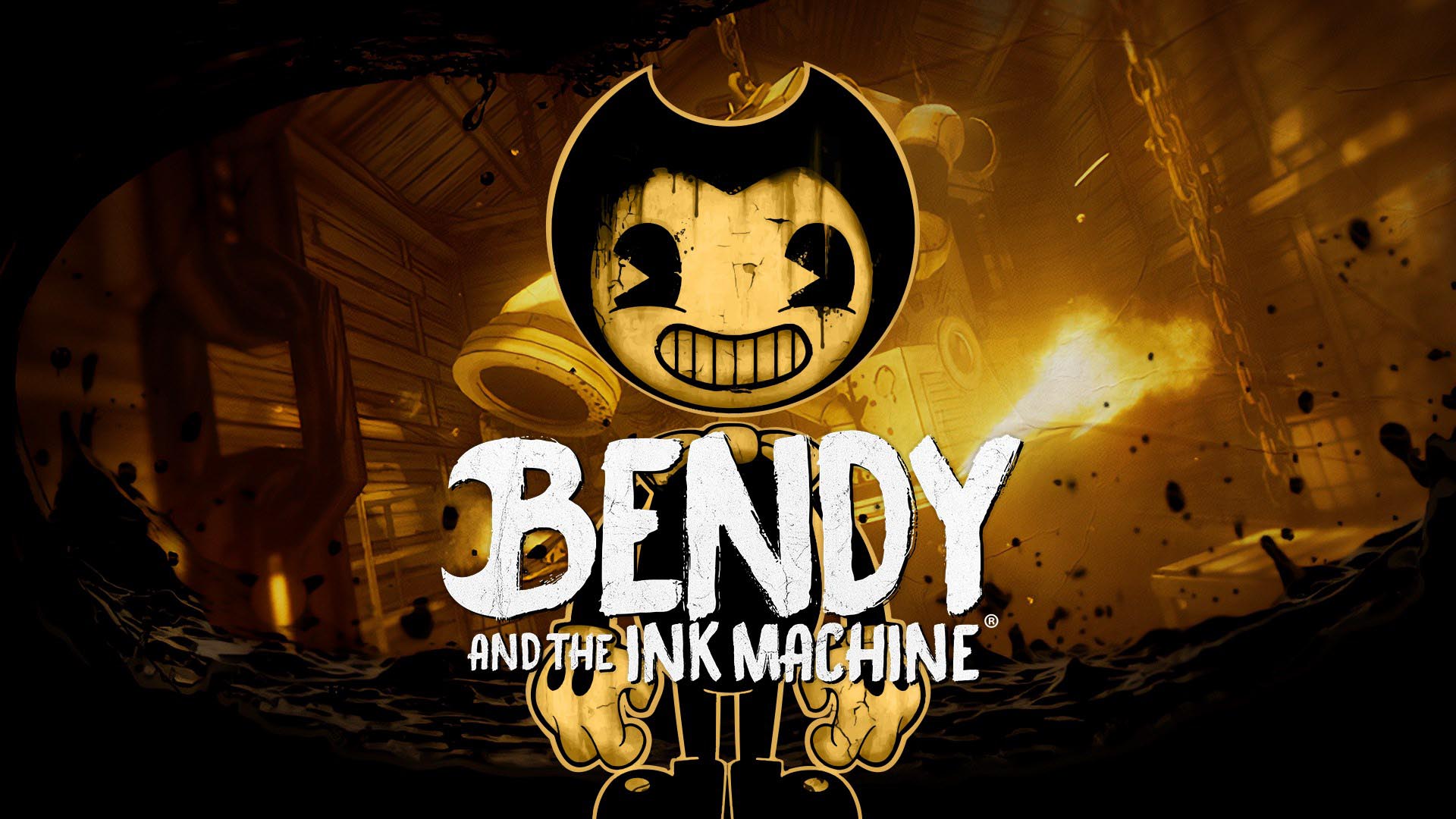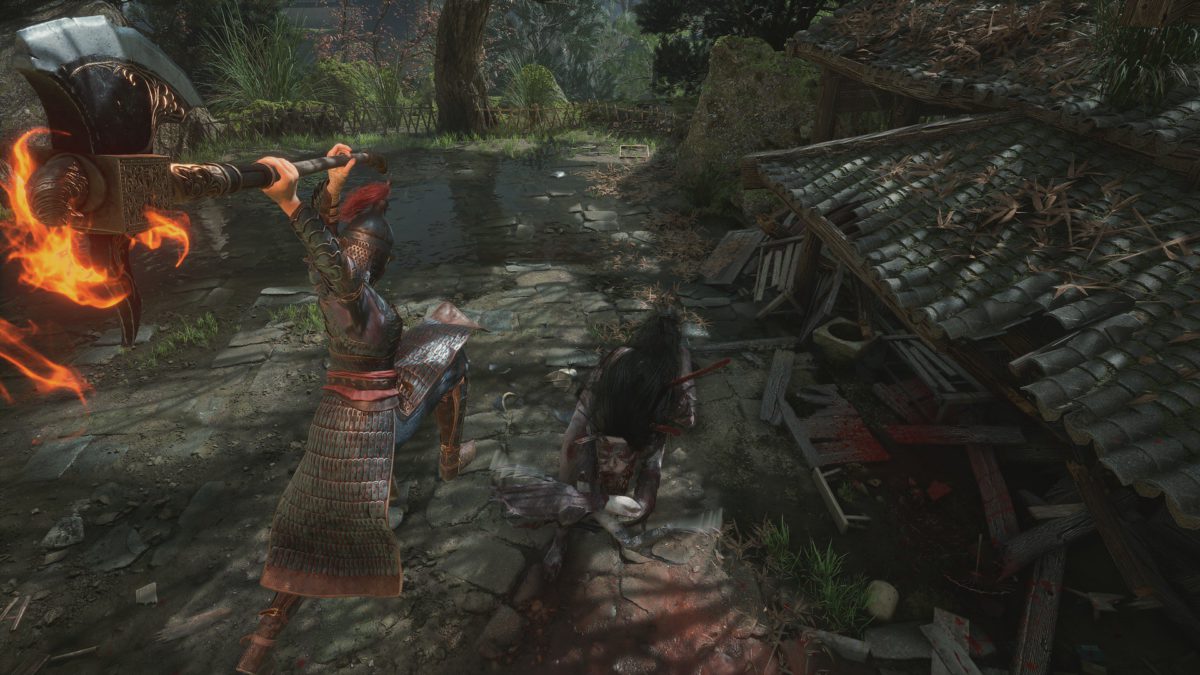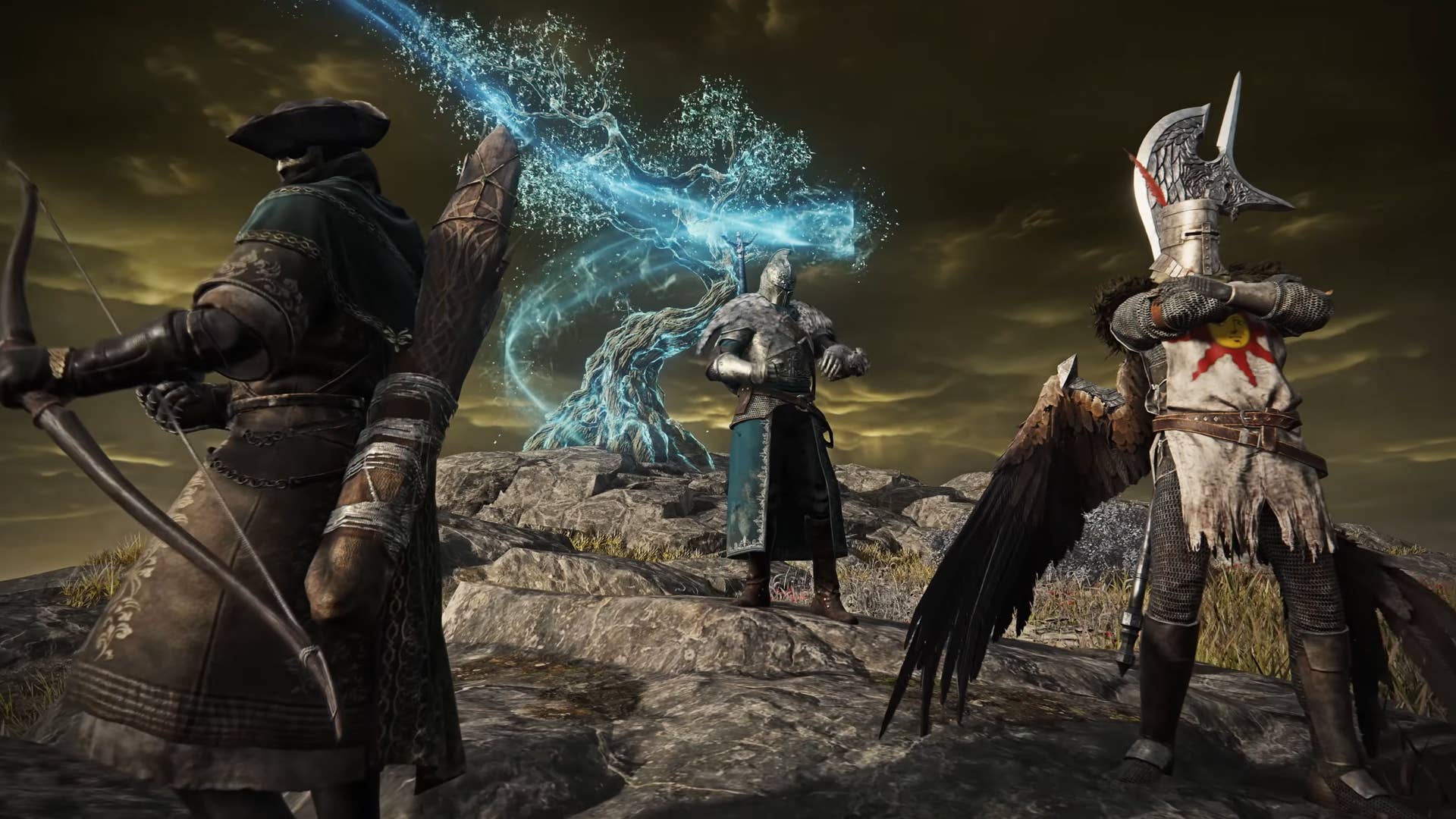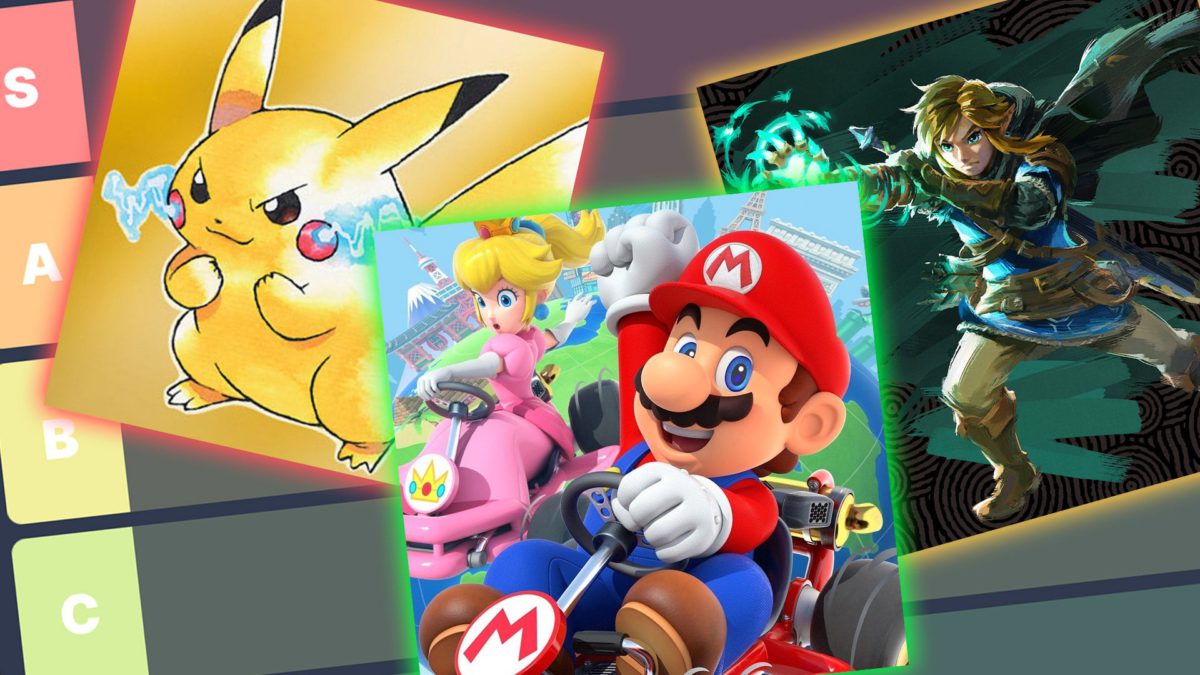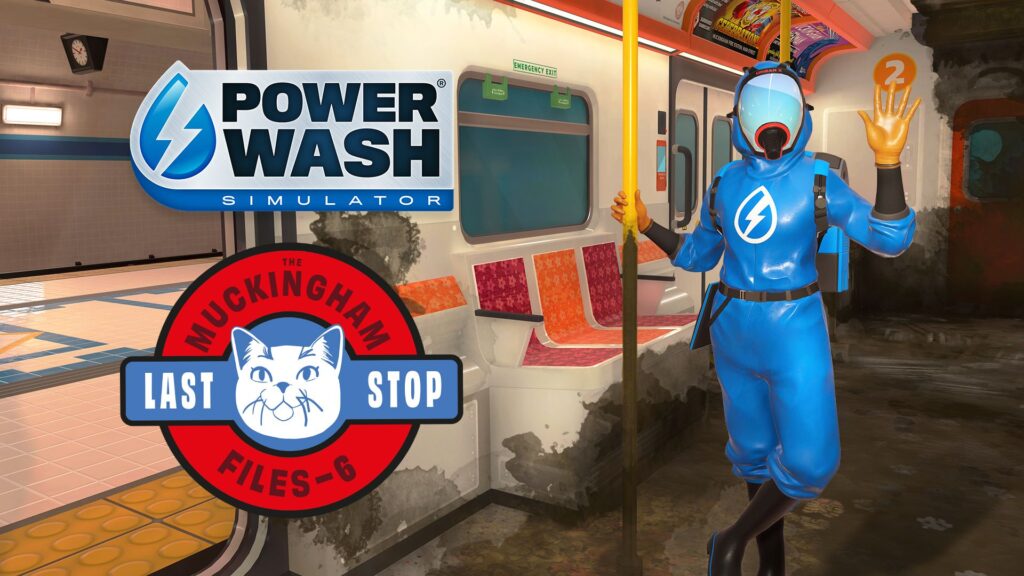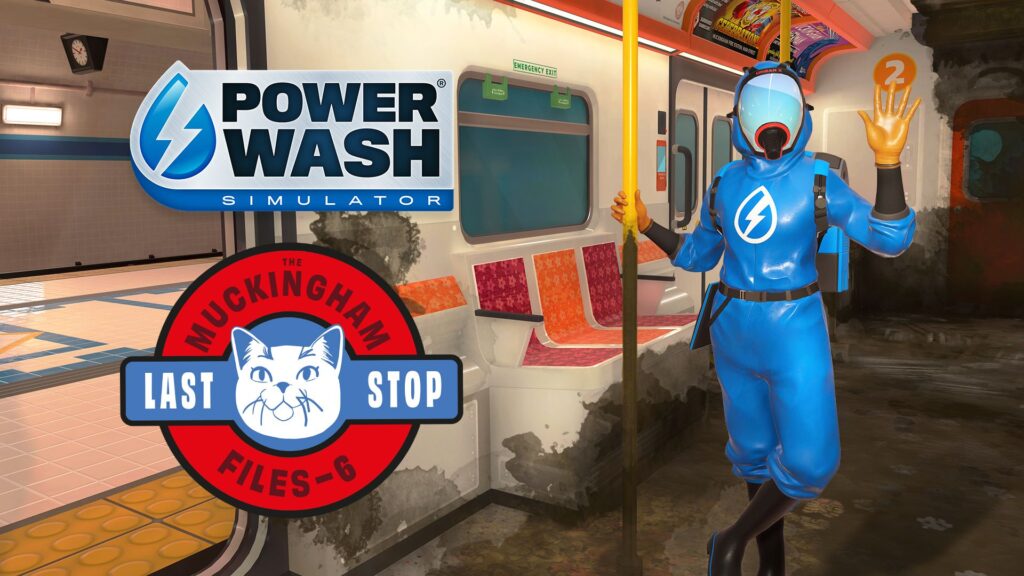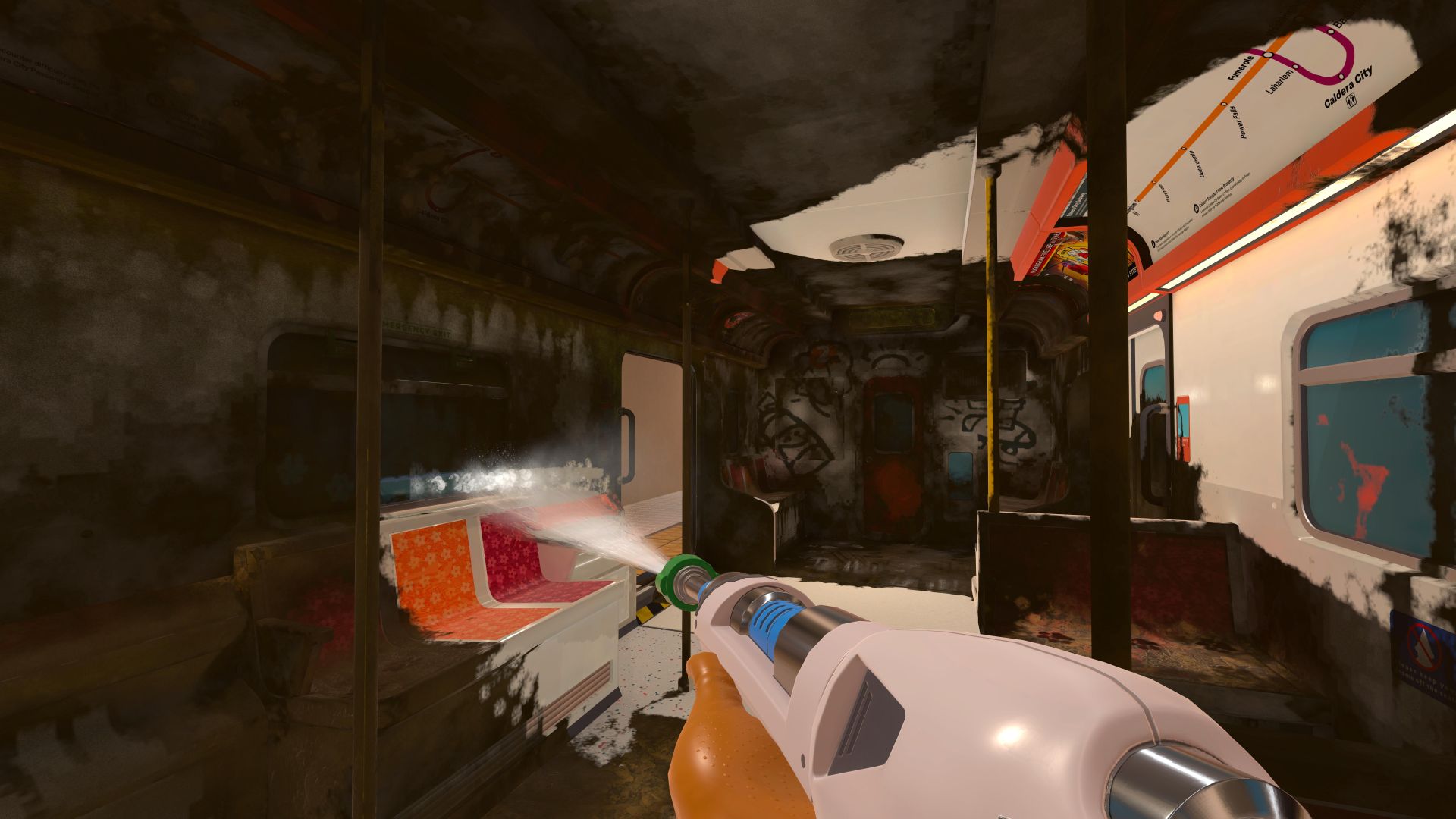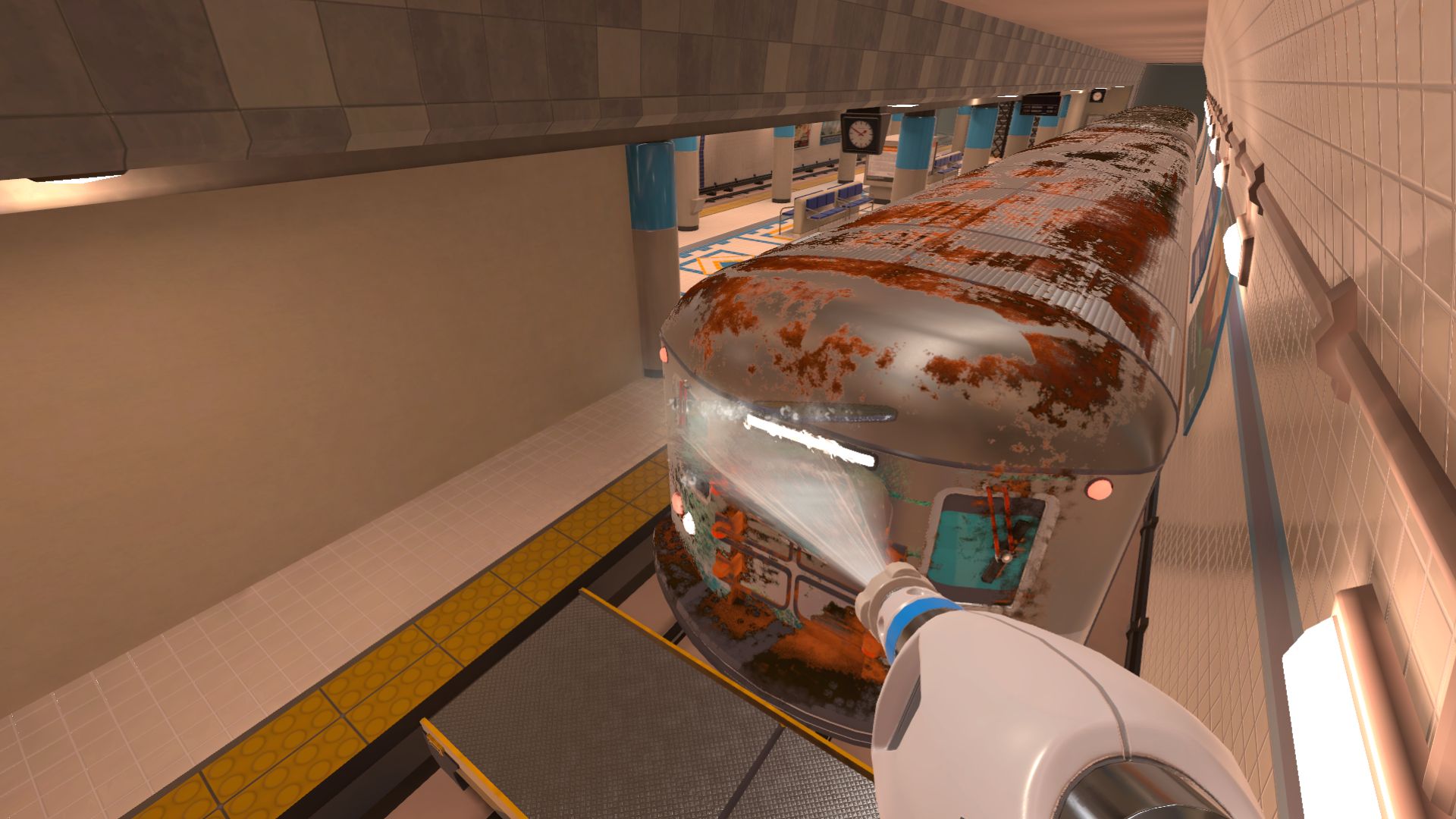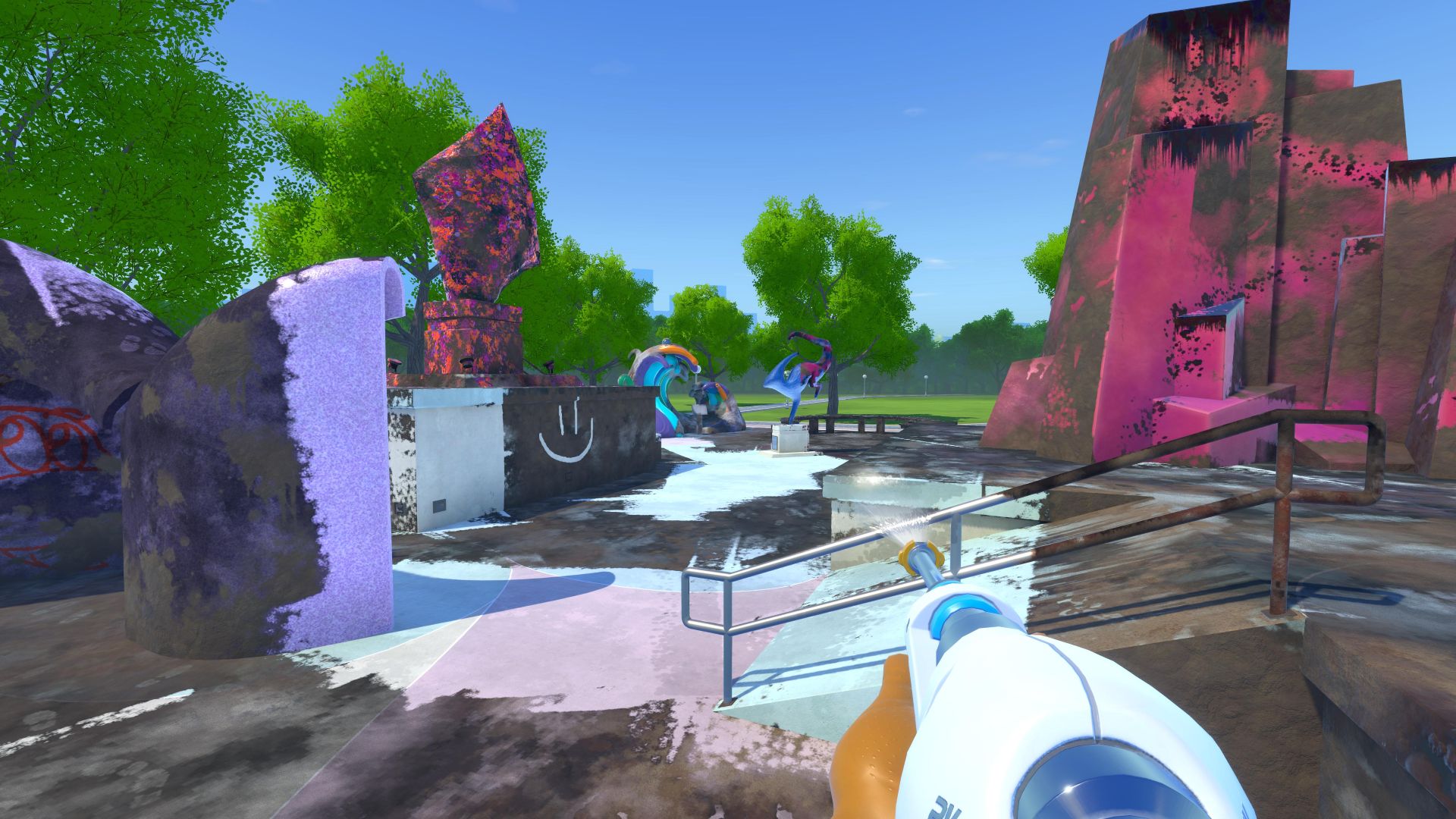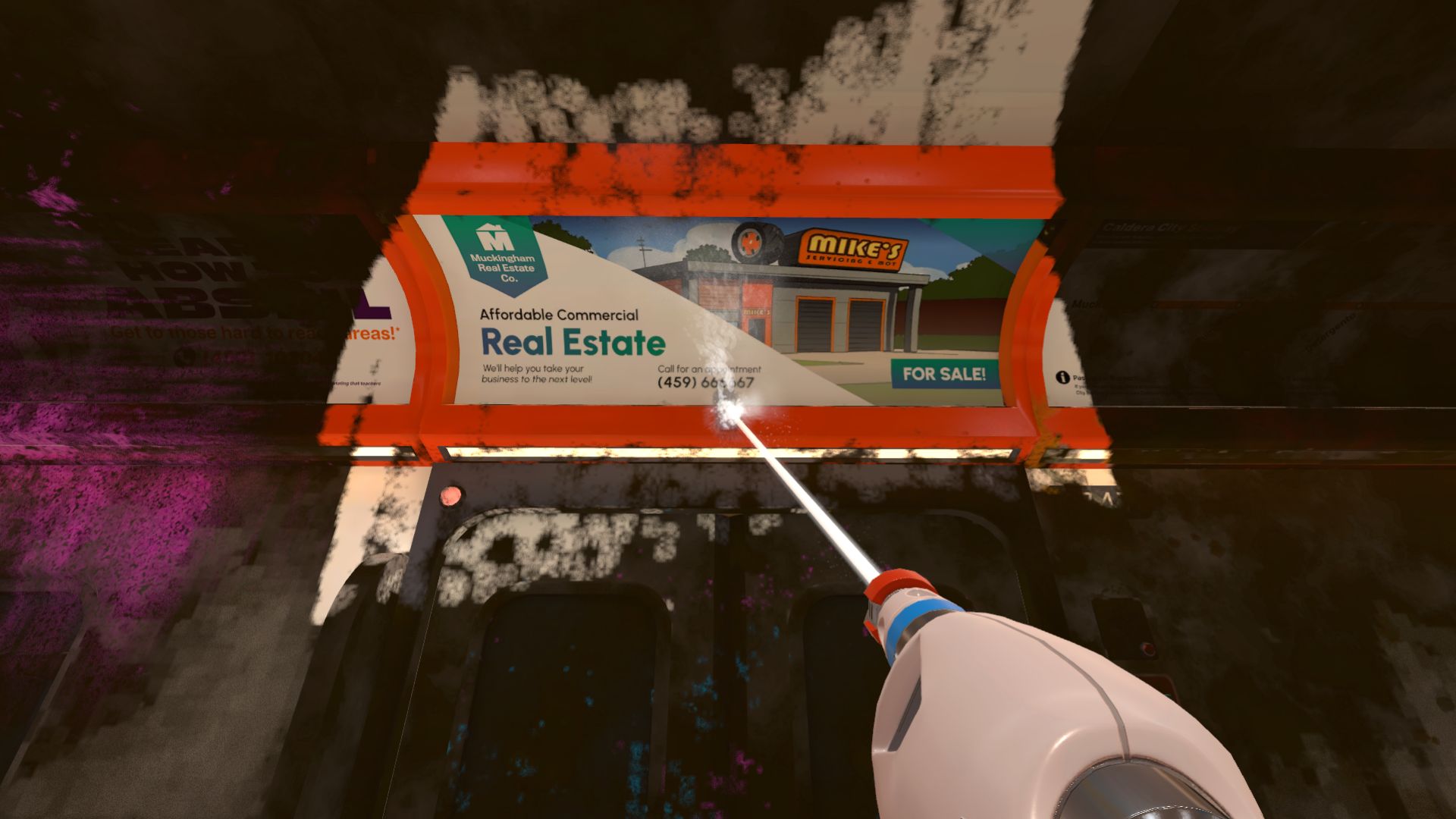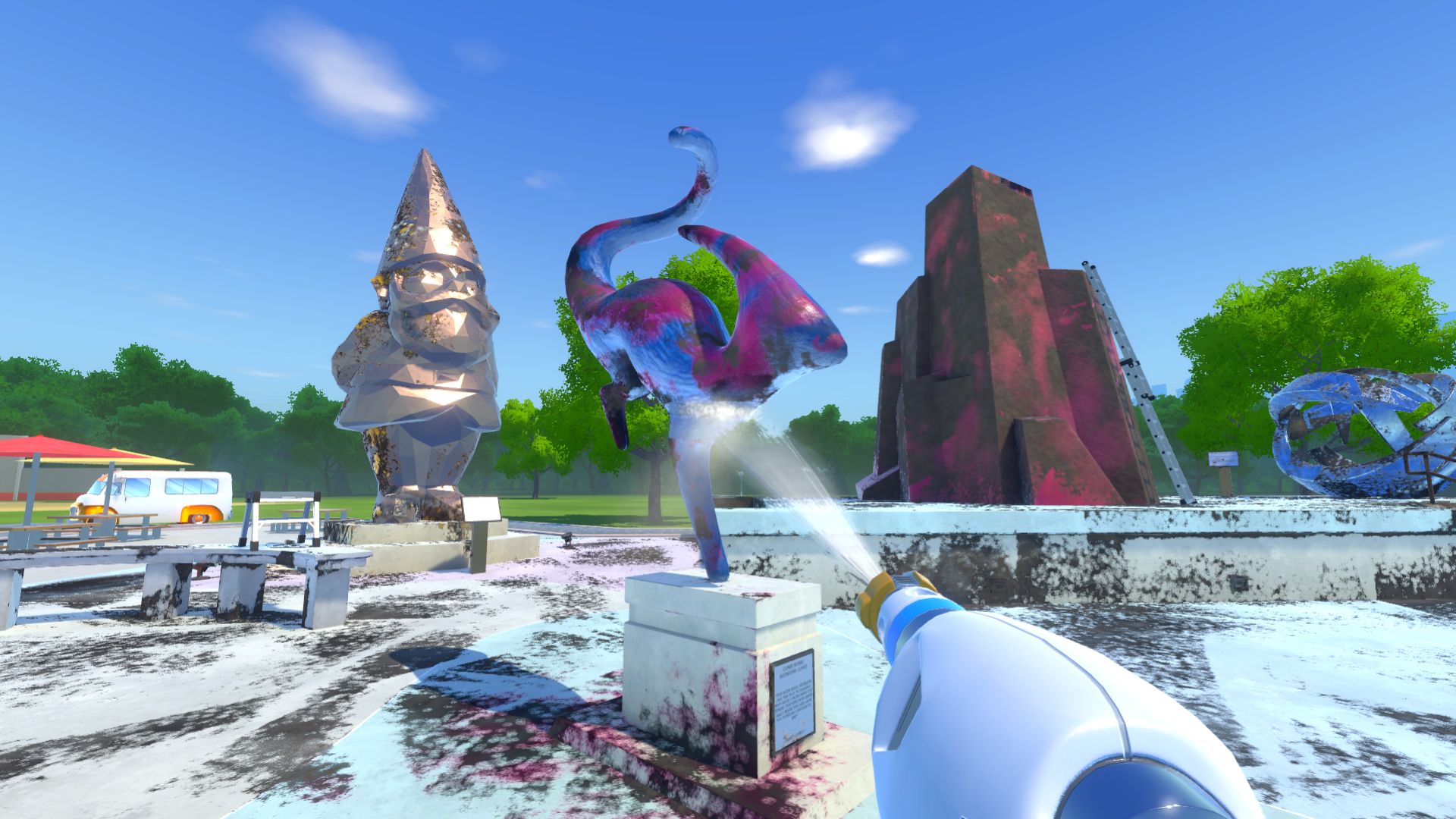Today’s deals roundup is stacked with Pokémon TCG bundles, MTG Final Fantasy preorders, Marvel’s Spider-Man singles, and some great gaming hardware offers. Journey Together Elite Trainer Box just dropped at a record high rip-off price on Amazon, but TCG Player has it for less. Need to snag Destined Rivals singles for your collection or fancy a great deal on the Slashing Legends Tin at Walmart? There’s a little bit of everything for collectors and players. Plus, there’s a fresh DOOM The Dark Ages limited-edition art print and medallion from the IGN Store for hardcore fans of the franchise.
TL;DR: Deals For Today
For gamers, the Badass Brawlers Bundle on Humble packs a punch with seven brawler games for just $16, while Amazon’s offering the Apple iPad 11-inch with A16 chip at a solid discount. Meanwhile, SteelSeries has some killer deals on gaming headsets, keyboards, and micei ncluding the Arctis Nova Pro Wireless and the New Apex 9 TKL.
Journey Together ETB Cheapest At TCG Player
Big box retailers such as Amazon are nickel and diming TCG fans at the minute, and the secondary market is showing them up. Let’s be clear, even market values are usually above MSRP, but it’s the price people are willing to pay for a product you can’t otherwise find in stores. Case in point, Amazon just restocked the Journey Together Elite Trainer Box at a massive $22 over market value at $93.67. Never assume prices are correct; do your homework (or let me do it for you).
Slashing Legends Tin In Stock At Walmart
Featuring a new promo, Journey Together and Surging Sparks boosters alongside Obsidian Flames and Paradox Rift, this is arguably one of the best Pokémon TCG tins people can buy for retail value right now. Snap it up before the bots do!
Destined Rivals Single Cards Are Available Right Now
If you’d like to pay for sealed product in this climate to rip open boosters and find your chase card, go mad and have a blast. But if you’d like to save some money long term and guarantee that chase card, TCG Player has Destined Rivals single cards available in their presale before they set officially releases on Friday. Looking for the best market values on Destined Rivals sealed products? Here you go:
Pokémon TCG Stock Update
Long story short; things are looking bleak at retail for Pokémon TCG right now. Almost everything is way above MSRP and seems to becoming the new normal for big box retailers. I could write a whole article and why this is and what should be done to stop this practice, but here we are. If you have your heart set on opening booster packs, have at it, but you might want to check out the sections below to save money.
TCG Player Has The Same Products For Less
TCG Player and the Pokémon TCG secondary collectors market is significantly cheaper than big box retailers at the time of writing. This will likely be the case unless you can secure preorders on new sets such as Destined Rivals, Black Bolt and White Flare. Make no mistake products are still over MSRP, but If small businesses can undercut large retailers on TCG Player, there’s something fundamentally broken in the supplier-distributor-retail chain.
This Weeks Pokémon TCG Crashers and Climbers
The Single Pokémon TCG market on the other hand is going through a grand reset right now, which is down to a few factors. The crypto bro mentally to reselling products is dying down a little and more product is becoming available thanks to reprints. We’re not out of the woods yet by any means, but this weeks Crashers and Climbers show recent cards going down in price and cards from the X and Y era shooting up in value. We’re 100% moving in the right direction.
MTG Marvel’s Spider-Man Preorders
Whilst there’s only the Play Booster Box and Scene Bundle for MTG: Marvel’s Spider-Man live on Amazon right now, TCG Player has every sealed product that will hit the market on launch day. I’ve even found some pricing on cases of sealed product for those looking to rip open a tonne of boosters, so get on it before the market value on these products shoot up.
MTG Spider-Man Single Cards
Unfortunatley there’s no listings for Spider-Man single cards right now considering we’re a few months out from release, but I’ve managed to round up the listings for cards currently sitting on TCG Player waiting for presale allocations, so keep your eyes peeled.
MTG Final Fantasy Bundle Walmart Preorder
This is the only preorder I can find from a big box retailer this morning, and it’s actually cheaper than the market value over on TCG Player right now. Imagine that? If you’re planning on picking up Final Fantasy at launch, this is a no-brainer.
MTG Final Fantasy TCG Player Preorders
MTG: Final Fantasy is set to be the biggest Magic: The Gathering set ever, which is a shock to absolutley no-one. Preorders are drying up at retail, but there’s plenty of choice available on TCG Player right now. I’ve found all the preorders listed so far (including prerelease boxes) alongside massive cases on booster displays. Don’t sleep on these preorders, MTG FF is going to fly off the shelves on release.
MTG Final Fantasy Single Cards
The single card market for MTG Final Fantasy is flying right now, so I’ve included over 40 of (in my opinion) the most popular Final Fantasy cards collectors and players will be chasing once packs start getting ripped. Don’t want to spend money on boosters and hope? Secure your chase cards for release day instead.
SteelSeries Sale
Amazon has a solid sale going on right now for a bunch of SteelSeries gear, and if you’ve been waiting for a good excuse to upgrade your gaming setup, this is it. You can grab essentials like the SteelSeries New Apex 9 TKL, which is down to $109.99, or go all-in with the SteelSeries Arctis Nova Pro Wireless Multi-System Gaming Headset, which is $269.99 right now (23% off). For Xbox and PC gamers, the Arctis Nova 5X is also a solid pick at $122.99. And if you’re looking to upgrade your audio setup, the SteelSeries Alias USB Mic for PC is a steal at $107.27. Whether you’re after a sleek new keyboard, a high-end headset, or a pro-level mic, these deals are worth a look before they’re gone.
Badass Brawlers Bundle
If you’re into co-op chaos, side-scrolling brawlers, or just want an excuse to hit that punch button a few more times, the Badass Brawlers Bundle on Humble is for you. For just $16, you’ll get seven beat-’em-up games including the brand-new River City Girls 2, the monster-sized Dawn of the Monsters, the retro-inspired Double Dragon Neon, and the classic Final Vendetta. That’s a ton of punchy fun for less than a pizza night. Plus, you’ll be supporting SpecialEffect, a charity that helps gamers with disabilities.
Apple iPad 11-inch: A16 chip
If you’ve been holding off on upgrading your tablet, the Apple iPad 11-inch with the A16 chip and a massive 512GB of storage is worth a serious look. This model boasts a stunning Liquid Retina display, Wi-Fi 6 for speedy connections, all-day battery life, and 12MP cameras on the front and back for everything from work to FaceTime chats. At $595.99 (down from $649), it’s a solid deal for a powerhouse device that’s ready for productivity, creativity, and everything in between.
DOOM: The Dark Ages Saw Shield Medallion and Art Card
For DOOM fans who want to show their Slayer pride in style, the DOOM The Dark Ages – Saw Shield – Medallion and Art Card is a must-have collectible. This official piece pays tribute to one of DOOM’s most fearsome weapons with a brutal, domed design that really pops. Each medallion is individually numbered, comes with a stand for display, and includes an exclusive art card, making it a standout addition to any collection. Limited to just 5000 pieces worldwide, this is the kind of rare DOOM merch you don’t want to miss.
DOOM The Dark Ages Limited Edition A3 Art Print
For fans of the DOOM franchise, the DOOM The Dark Ages – Limited Edition A3 Art Print from the IGN Store is an absolute must-have. This officially licensed piece features Slayer in the thick of the action and is limited to just 995 hand-numbered prints worldwide. Printed at one of the oldest commercial printers in the UK on high-quality art paper, this A3-sized print (11.69 x 16.53 inches) includes a certificate of authenticity to make it extra special.
Team 17 Chains of Command Bundle
If you’re looking to dive into some fresh indie titles, the Humble Team 17 Game Bundle is a solid pickup. For $20 or more, you’ll unlock eight games, including the intense 50v50 FPS Hell Let Loose, the gritty WW2 tactics of Classified: France ’44, the brutal, plague-fueled combat of Thymesia, and the cult-building chaos of Honey, I Joined a Cult. Other highlights include the haunting CONSCRIPT, pixel-perfect Narita Boy, chaotic WARCANA, and the party-perfect King of the Castle. Best part? Your purchase supports indie developers and The Global FoodBanking Network (GFN), so you’re gaming for a cause.
Lossless Scaling
Lossless Scaling is a game changer for PC players who want to upscale games or generate extra frames without sacrificing quality. Available via Humble for just $6.99, this tool lets you scale windowed games to full screen using a range of algorithms like AMD FSR, NVIDIA Image Scaling (NIS), and Anime4K. The latest update even adds frame generation support for games that don’t natively offer it, including emulators. Whether you’re running older pixel-art titles or modern games with GPU limitations, Lossless Scaling offers a smarter, sharper way to game at higher resolutions.
UGREEN USB C to USB Adapter 4 Pack
If you’re tired of juggling different cables for your devices, the UGREEN USB C to USB Adapter 4 Pack is an affordable and practical solution. This pack includes four sturdy USB-C male to USB 3.2 female adapters, each capable of 10Gbps data transfer speeds—perfect for moving files quickly between your USB-A devices like flash drives, keyboards, or mice and your latest USB-C devices, including the MacBook Pro, iPhone 16, and Samsung Galaxy S24. The ultra-compact, thumb-sized design makes them easy to stash in your laptop bag or pocket, and the aluminum housing is built to withstand over 10,000 plug/unplug cycles.
Fallout Pip-Boy
Fallout Pip-Boy Die-Cast Replica is a stunning, 1:1 recreation of the iconic Pip-Boy 3000 Mk V as seen in the Fallout TV series. Available exclusively from the IGN Store for $199.99, this collector’s item is crafted with a die-cast metal front, injection-molded ABS body, and a memory foam cuff for comfort. It features a functioning TFT LCD screen that displays over 45 in-universe animations, an alarm clock function, and an FM radio for tuning into your favorite stations or Wasteland broadcasts. Whether you’re wearing it as the ultimate cosplay accessory or displaying it on its elegant, laser-etched aluminum stand, the Pip-Boy Die-Cast Replica is an essential piece for any Fallout fan.
Cable Zip Ties 400 Pack
For an all-in-one cable management solution, the HAVE ME TD Cable Zip Ties, 400 Pack offers unbeatable value. This set includes 400 self-locking black nylon zip ties in a variety of sizes: 4, 6, 8, and 12 inches. With a strong tensile strength of up to 40 lbs, these versatile ties are perfect for organizing cords in the home, office, garden, workshop, or garage. Whether you’re bundling wires, securing plants, or tidying up tools, the HAVE ME TD Cable Zip Ties are built for durability, flexibility, and easy handling even in high temperatures. At just $3.99, this assortment is a no-brainer addition to any DIYer’s toolkit.
INIU 45W Power Bank
If you’re looking for a reliable, high-capacity charger that won’t weigh you down, the INIU 45W Power Bank is a stellar choice. This compact 10,000mAh portable charger is 25% smaller and 15% lighter than comparable models, yet it delivers a full 45W of charging power—perfect for topping up your iPhone 16, Samsung S24 Ultra, and more. The built-in USB-C cable doubles as a lanyard, eliminating the need for extra wires in your bag, while the charger’s trickle-charging mode ensures safe, optimized power for smaller devices like earbuds.
Javascript, Scripting And Web Development Book Bundle
Humble is serving up a piping hot bundle for web devs and JavaScript enthusiasts, offering 19 coding resources in the JavaScript Tech Book Bundle for as little as $1. For just $18, you can unlock the full collection, including highlights like Clojure Brain Teasers, Test-Driven React, Second Edition, and Serverless Apps on Cloudflare. Diving into Ruby, Rails, Tailwind, or WebAssembly? There’s something here to level up your skills across the board. Every purchase supports Save the Children, so you can sharpen your coding chops and make a difference at the same time.
Peacock TV
Peacock TV is running a stellar promotion for new and returning subscribers: grab a full year of Peacock Premium (Ad-Supported) for just $24.99 when you redeem code SPRINGSAVINGS at checkout. That’s a hefty discount from the usual $79.99/year. Peacock Premium offers a massive library of hit shows, movies, originals, live sports, and NBC/Bravo content, alongside 50+ always-on channels.
Expedition 33 Merch
If you’ve been captivated by the hauntingly beautiful world of Clair Obscur: Expedition 33, the IGN Store has an exclusive collection of officially licensed merch. The lineup includes a range of clothing like the Expedition Hoodie and Petals T-Shirt ($64.99 and $27.50, respectively), plus art prints of characters like Gustave, Maelle, and Sciel, starting at $30. For everyday essentials, there are mugs, tote bags, tumblers, and mouse pads, all featuring designs straight from the game.. Whether you’re looking to wear your fandom or add some atmosphere to your space, the full Expedition 33 merch collection has you covered. Browse the entire lineup now at the IGN Store.
Christian Wait is a contributing freelancer for IGN covering everything collectable and deals. Christian has over 7 years of experience in the Gaming and Tech industry with bylines at Mashable and Pocket-Tactics. Christian also makes hand-painted collectibles for Saber Miniatures. Christian is also the author of “Pokemon Ultimate Unofficial Gaming Guide by GamesWarrior”. Find Christian on X @ChrisReggieWait.

